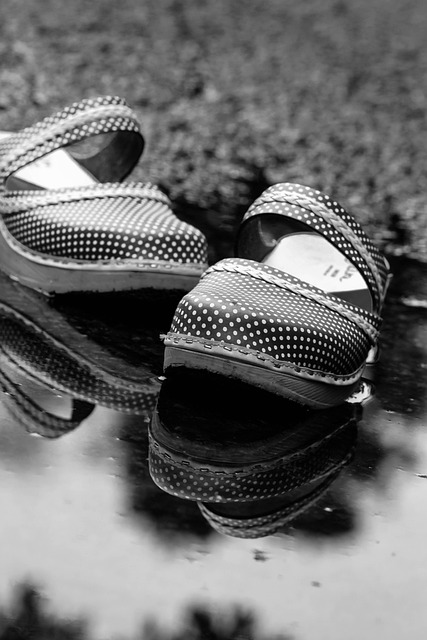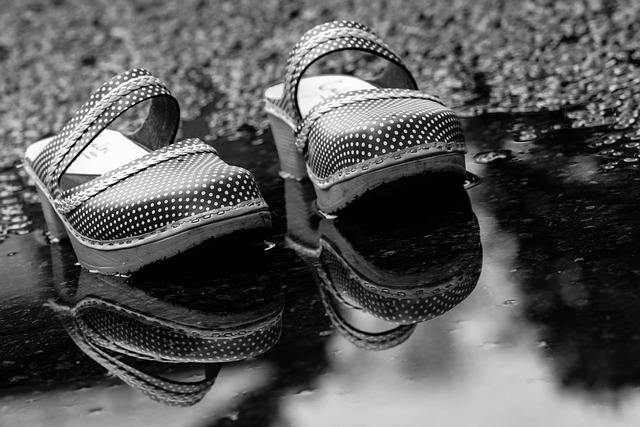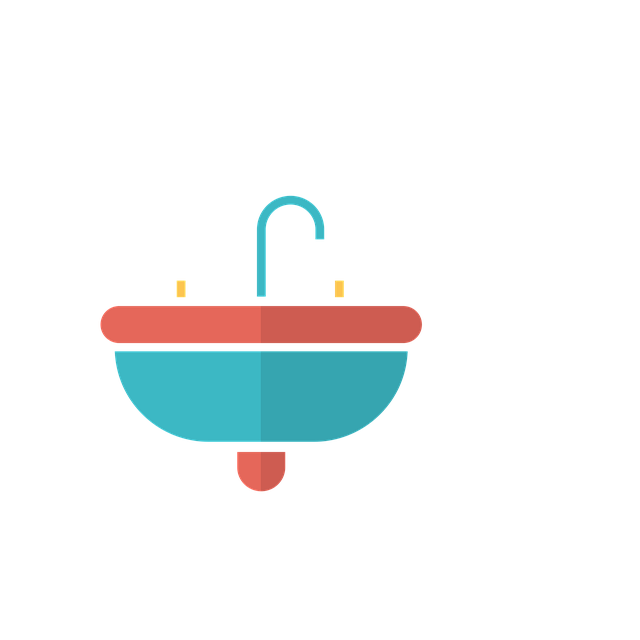Homeowners should pay attention to slow drainage as a key sign of a clogged drain. Ignoring this indicator can lead to more severe and costly clogs caused by grease, hair, hard water deposits, or wear and tear. Regular maintenance is crucial for prevention, and promptly addressing slow drainage can stop issues from escalating into flooding and expensive repairs.
“Uncovering the silent culprits behind your home’s plumbing woes—clogged pipes—is essential for maintaining a comfortable and hygienic living space. This article delves into the subtle yet critical indicators that your pipes are clogging up, offering insights to recognize slow drainage, unusual water backups, and peculiar smells or noises. Understanding these signs is the first step in preventing major disruptions and costly repairs, ensuring your plumbing system runs smoothly.”
- Recognizing Slow Drainage
- – Identifying the speed of drainage in your sinks, showers, and tubs.
- – When does a slow drain become a problem?
Recognizing Slow Drainage

Many homeowners often overlook slow drainage as a mere inconvenience rather than a potential sign of bigger plumbing issues. However, recognizing this early warning sign is crucial for maintaining a smooth-running household. When water flows slowly down your drains or takes an unusually long time to clear, it could indicate that pipes are starting to clog. This is one of the most common signs of a clogged drain and should not be ignored.
If you notice that your sinks, showers, or bathtubs drain gradually over time, it’s a good idea to investigate further. Clogs can form due to various reasons, including built-up grease, hair, or even hard water deposits. Regular maintenance and cleaning are essential to prevent these obstructions, but if left unattended, they can lead to more severe clogs that require professional intervention.
– Identifying the speed of drainage in your sinks, showers, and tubs.

When it comes to identifying signs of a clogged drain, one of the most telling indicators is how quickly (or slowly) your sinks, showers, and tubs drain water. Normal drainage should occur relatively promptly, with little waiting time between filling and emptying. If you notice that your drains are taking significantly longer than usual to empty, it could be a red flag for a clog forming or an existing one getting worse.
Keep an eye on any changes in the speed of drainage over time. For instance, if your sink once drained within seconds but now takes several minutes, or if your shower’s drainage time has increased from a few minutes to half an hour, these could be early warning signs of a clog. Regular monitoring will help you catch potential issues before they become more severe and costly to fix.
– When does a slow drain become a problem?

Many people overlook the subtle signs that their pipes are clogging until it’s too late. A slow drain may seem like an inconvenience, but it can be an early warning sign of a more significant issue. Over time, even minor drainage problems can turn into major headaches, leading to flooding and costly repairs.
If you notice that your drains are taking longer than usual to empty, especially after flushing the toilet or running a load of dishes, it’s worth investigating. Keep an eye out for recurring clogs and slow drains, as these are clear signs of a clog building up in your pipes. Regular maintenance and addressing these signs early can prevent more severe and expensive plumbing problems from arising.
Recognizing the early signs of a clogged drain is crucial for maintaining a functional plumbing system. By understanding the speed at which water drains and watching out for these six common indicators, such as slow drainage or unusual noises, you can proactively prevent severe clogs and costly repairs. Staying vigilant and taking prompt action when noticing any of these signs will ensure your pipes remain clear and your home’s plumbing operates efficiently.
